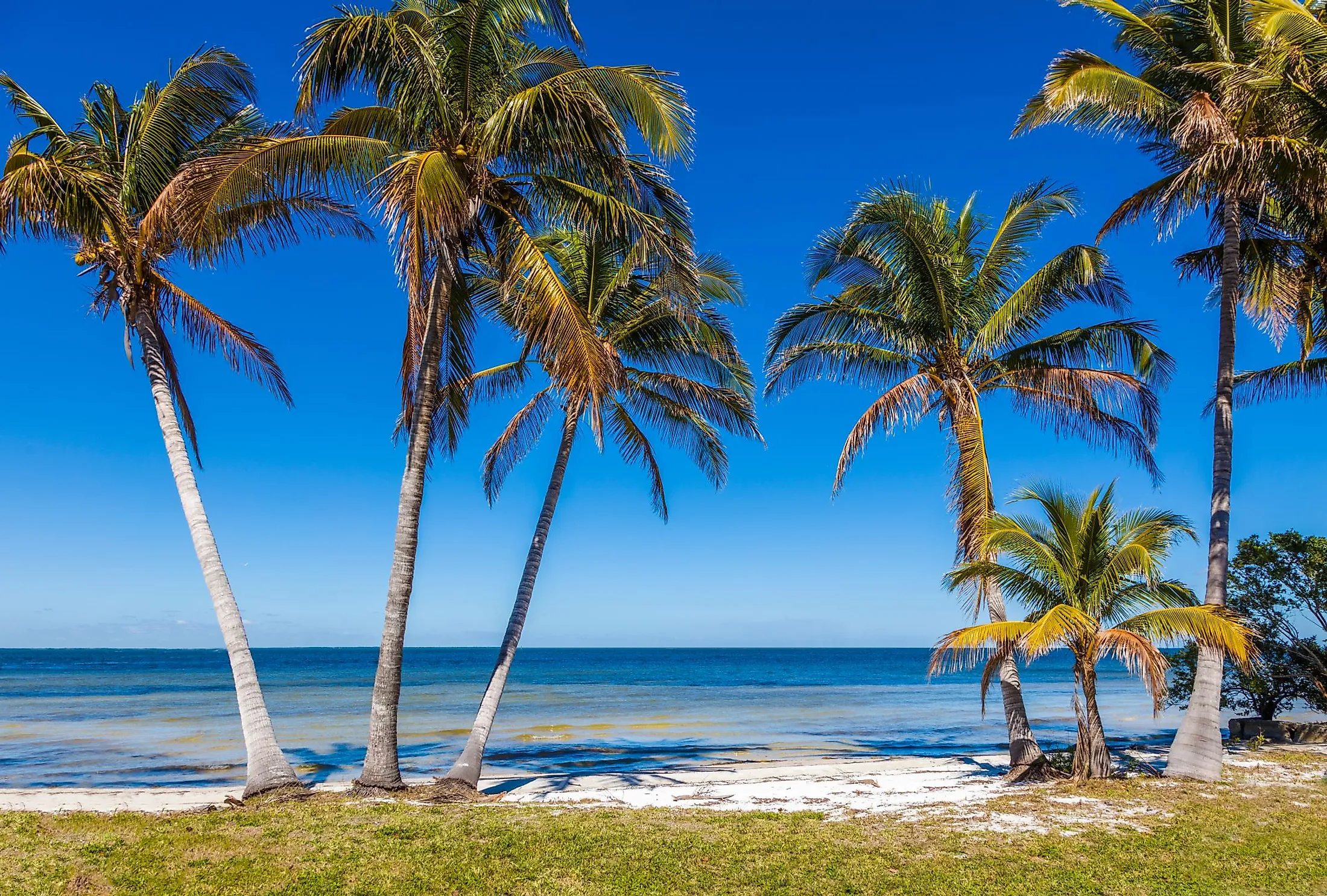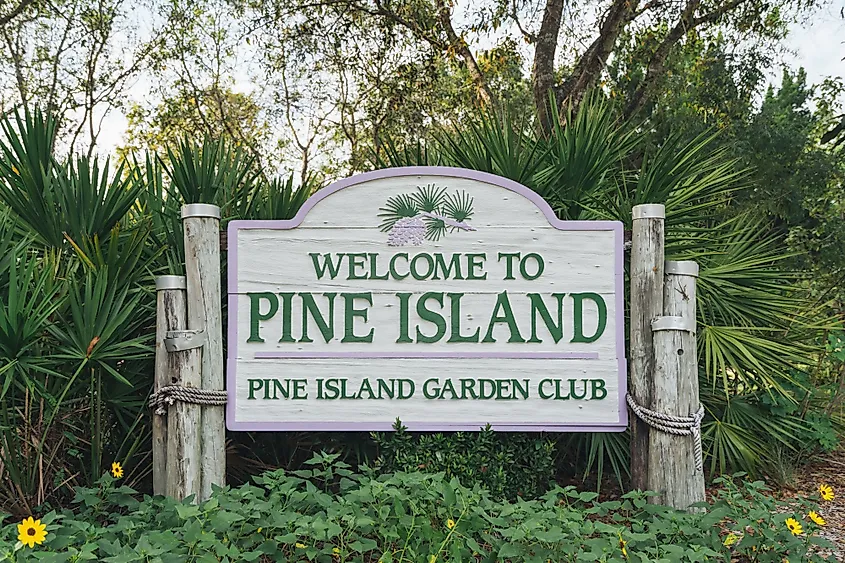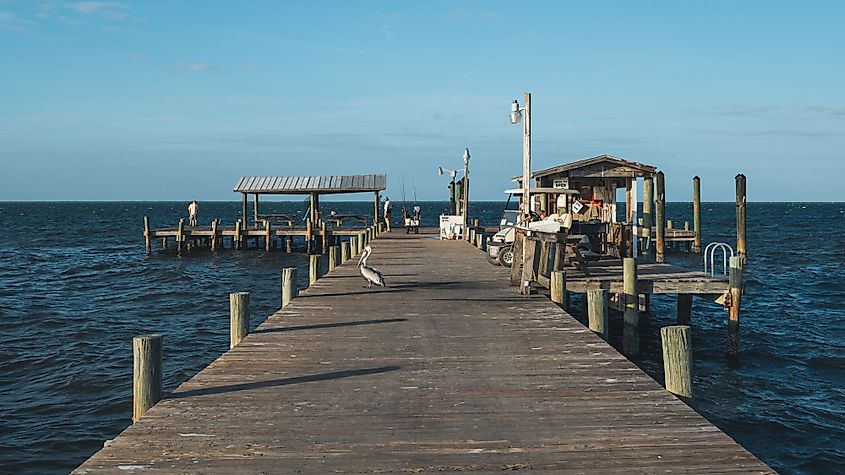
Pine Island, Florida
Pine Island is the biggest island in the Gulf of Mexico off the Florida Peninsula, just outside Fort Myers. In this small and idyllic oceanfront community, visitors will be welcomed with tropical plants, beaches, marine preserves, and greens expanses filled with palm trees. With a favorable climate that feels what many would describe as paradise, one can fall in love with the vintage and rural Florida atmosphere. Pine Island is home to several outdoor recreational activities and is filled with aquatic wildlife. It has grown to notoriety for its abundance of tropical fruit such as mangoes and lychees, which visitors flock to the island for.
Geography Of Pine Island

Of the entire US, Pine Island is the 118th largest island and resides in Florida's Lee County, which is west of Cape Coral. Pine Island is a part of a chain of islands that constitute the Matlacha Pass and separates it from the Florida Mainland. On the west side of Pine Island reside the Intracoastal Waterway, a waterway that runs from Massachusetts to Texas, passing around the Florida Peninsula. Of the nearby islands, Sanibel Island lies to the south, North Captiva Island to the west, and Captiva Island to the southwest.
Geology Of Pine Island
Similar to nearby Fort Myers, Pine Island is made up of deposits of coral rock. This variation of limestone encrusted with fossilized shells, animals, and even pine trees found in the northern tip from the excavation is common throughout southern Florida. Following millions of years of North America settling into place from the continental drift, that state's land mass was twice as large. This saw extensive forests, dunes, and tributaries with the coast of the Gulf of Mexico starting another 100 miles west of Pine Island. Thus, came the ice age, which brought forth flooding as the glacier defrosted. Around 4500 BC, the shape of Florida formed into something similar to today. The former ice age also increased water levels and created the long and narrow islands seen off the gulf coast, including Pine Island. With churning ocean water, channels, shoals, and the unnamed sand beaches that are a familiar attraction of Pine Island formed. However, the mingling of freshwater and saltwater from the tributaries' output created sedimentation. The fallen trees from the shore, among shells, animals, and other items fossilized in this sedimentation, created the limestone, better known as coral rock.
Brief History Of Pine Island
Long before the town of Pine Island existed, the Calusa Indians were the first known inhabitants of this island, around 800 AD. The first contact with outsiders did not occur until the mid-16th century when Spanish conquistadors landed. By the 19th century, there were no further documented occurrences of the Calusa Indians, and it is believed the tribe could have died off or dissolved into other tribes. Ongoing research is being conducted on Pine Island to further understand the Calusa Indians, with artifacts being unearthed as of today.
Ecology Of Pine Island

The natural beauty of Pine Island is an attraction in itself and draws nature lovers and wildlife enthusiasts from all over the US. On the island, there are many wildlife or aquatic preserves. Nestled between Pine Island and the Florida mainland, the Little Pine Island Reserve can be found. This smaller island of the same name is entirely a state-owned refuge with a series of hiking trails. Little Pine Island serves as a roosting spot for many migratory birds such as ospreys, egrets, and the roseate spoonbill. To the northeast and across the Matlacha Pass is another Preserve by the name of Matlacha Pass Aquatic Outstanding Florida Water. This marine protected area contains 538 acres of marine estuary and over 20 islands. With wide varieties of wetland trees, the red, black, and white mangroves are found in abundance. Of the many endangered species, the West Indian manatee, eastern indigo snake, and wood stork call this preserve home.











